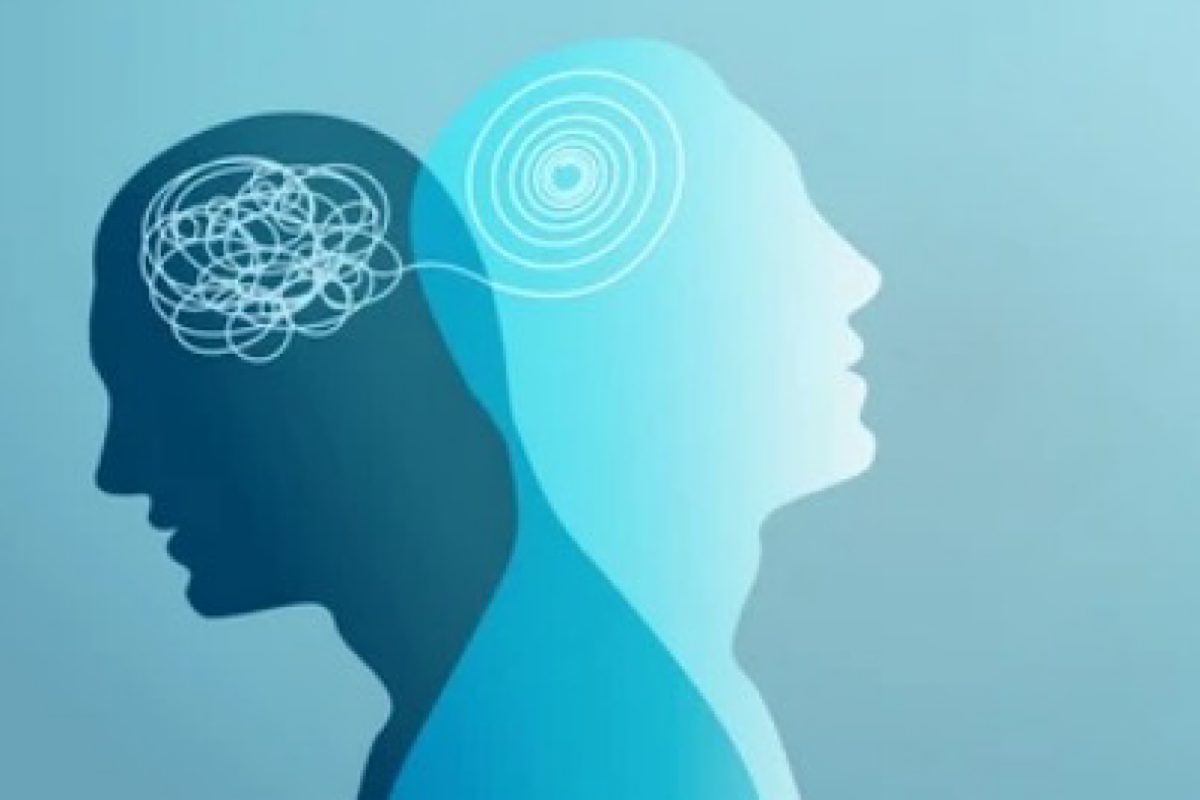Trump must be isolated
After the public spat that President Donald Trump had with President Zelenskyy of Ukraine, a few facts emerge. The American dislikes the Ukrainian intensely.
A team of scientists in China have developed a new gene editing shot that in a mice study ‘reversed’ autism symptoms.

Chinese scientists develop novel gene editing jab to 'reverse' autism
A team of scientists in China have developed a new gene editing shot that in a mice study ‘reversed’ autism symptoms.
Autism, formally called autism spectrum disorder (ASD) or autism spectrum condition (ASC), is a neurodevelopmental disorder characterised by deficits in social communication and social interaction, and repetitive or restricted patterns of behaviours, interests, or activities.
Advertisement
ASD has been linked majorly to a mutation in the MEF2C gene — errors in which leads to problems with crucial development processes in the brain.
Advertisement
The team from Shanghai Jiao Tong University School of Medicine and Fudan University in Shanghai created mice with mutations in the MEF2C gene.
The study, published in the journal Nature Neuroscience, revealed that mutations in MEF2C gene led to developmental deficits, speech problems, repetitive behaviours and epilepsy — features associated with autism. Mice with the genetic characteristic who were given the shot had a total reversal of their behavioural and social problems, revealed the study.
Further, the study showed that the male mice given the mutation were found to have lower levels of the MEF2C protein in the brain, and had symptoms that mimicked ASD-like hyperactivity, problems with social interaction and repetitive behaviour.
The gene editing system was deliver into the mice’s brain via an adeno-associated virus vector — capable of passing through the blood-brain barrier.
“This treatment successfully restored MEF2C protein levels in several brain regions and reversed the behavioural abnormalities in MEF2C-mutant mice,” said the researchers.
While the study focused on mice, it suggests that the shot could one day be ‘feasibly’ used to help humans with autism. “Our work presents an in vivo base-editing paradigm that could potentially correct single-base genetic mutations in the brain,” the team added.
Advertisement